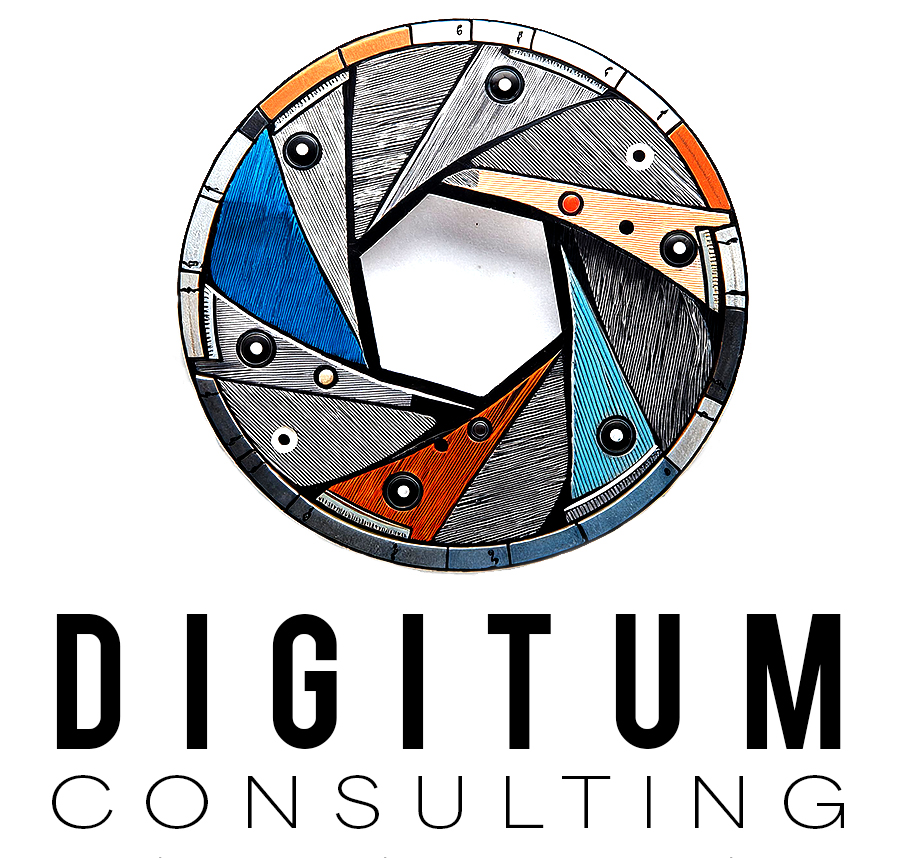The Importance of Metadata and Content Credentials for Photographers in the Age of AI
With the advent of artificial intelligence (AI) capable of generating increasingly realistic images, professional photographers face a major challenge: how to ensure their work is correctly identified and protected in a digital world where the line between authentic and artificial is becoming blurred? One of the most effective solutions to address this challenge lies in rigorous metadata management and the use of systems like Content Credentials for work authentication.

The Impact of AI on the Photography Industry
Advances in AI have democratized image creation. Tools like DALL·E, MidJourney, and Stable Diffusion allow anyone to generate stunning visuals in seconds by simply entering a textual description. While these technologies offer new creative opportunities, they also pose issues related to copyright and authentication. The question then arises: how can we determine if an image is truly the work of a human photographer or a product of an algorithm?
For photographers, the need to protect their work has never been more pressing. Metadata has become an essential tool to ensure that each photo is properly attributed while allowing its origin and integrity to be verified.
Why Metadata Management is Crucial
Metadata is information embedded in image files that helps describe, structure, and protect digital images. For photographers, this data includes details such as:
- Credits: who is the author of the photo.
- Technical details: camera, lens, shooting parameters.
- Copyright: licensing information, usage restrictions.
- Dates and locations: enabling the photo to be situated and authenticated.
This metadata helps protect works against unauthorized use, ensures traceability, and guarantees that creators’ rights are respected. It becomes particularly important when photos are used for commercial purposes, published online, or shared on social media. In case of disputes, metadata can serve as legal proof of ownership.
Content Credentials: A Solution in the Age of AI
To go beyond simple metadata and guarantee irrefutable authenticity, companies like Adobe have developed systems such as Content Credentials. This system allows creators of digital documents and images to attach authenticity identifiers to their works. With Content Credentials, photographers can associate verifiable information with their images, showing the image’s history, its author, and any edits that may have been made (whether it’s a retouch, modification, or transformation using AI).
Each image can thus be accompanied by a “digital ID card” that guarantees authenticity—an especially useful measure to counter manipulation or the spread of AI-generated images. The Content Credentials system leverages blockchain-based technologies and metadata identifiers to ensure that the image remains traceable and verifiable across platforms.
Proactive Management for Photographers
Photographers must adopt a proactive approach to metadata management. This involves several steps:
- Optimize metadata for each image: Before publishing an image online, it’s crucial to ensure that all relevant information is added to the metadata. This includes the photographer’s name, date, location, and any information about copyrights and usage licenses.
- Use authentication tools like Content Credentials: Adopting solutions such as Content Credentials allows works to be verifiable while adding an extra layer of security to image authentication.
- Update metadata as edits are made: If an image is edited or modified, metadata should be updated to reflect these changes. This helps maintain an accurate record of the image’s evolution and avoids confusion about its origin.
- Stay informed about new regulations: Copyright laws are constantly evolving, especially in response to the rise of AI. It’s important for photographers to stay updated on legal standards regarding AI-generated images and technologies for protecting works.
Conclusion
In the digital age, managing metadata and leveraging technologies like Content Credentials have become essential tools for professional photographers. Not only do they protect works against theft or manipulation, but they also build trust and transparency with the public by ensuring that the work is authentic and created by a human. In an environment where AI generates increasingly realistic images, these practices are critical to maintaining the integrity of the photography profession and safeguarding creators’ rights.
